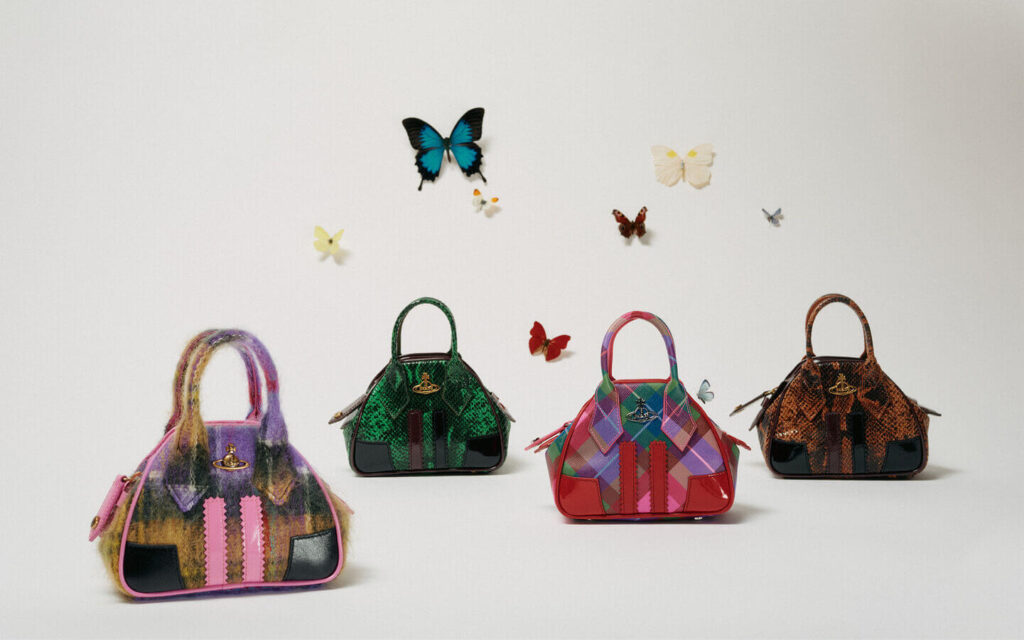Last In First Out (LIFO) Accounting For Retail Business
LIFO, on the other hand, evaluates inventory based on current wholesale market prices rather than what businesses actually paid for products in the more distant past. It typically calculates a higher cost of goods sold and in turn a lower profit margin, meaning this formula is used by businesses that want to lower their tax liability.
The actual formula is the same as is used for FIFO, however the inventory in question is the newest instead of the oldest.
This time, however, because of inflation, the wholesale cost of these french presses is $15 dollars each. When you do the calculations for your profit margins, you will enter $15 as your cost of goods. Therefore your margins and overall profit will appear to be lower on the books.
Because LIFO gives a somewhat inaccurate and unflattering picture of company profits, it’s actually illegal in most parts of the world. In fact, as of 2022, only the U.S. and Japan allow it as a retail accounting method.





More Stories
DIY Sustainable Fashion: Creative Ideas to Try
15 Sleek Long Bob Haircuts or ‘Lobs’ to Inspire the Chop
Nikita Acharjee – The Glamour